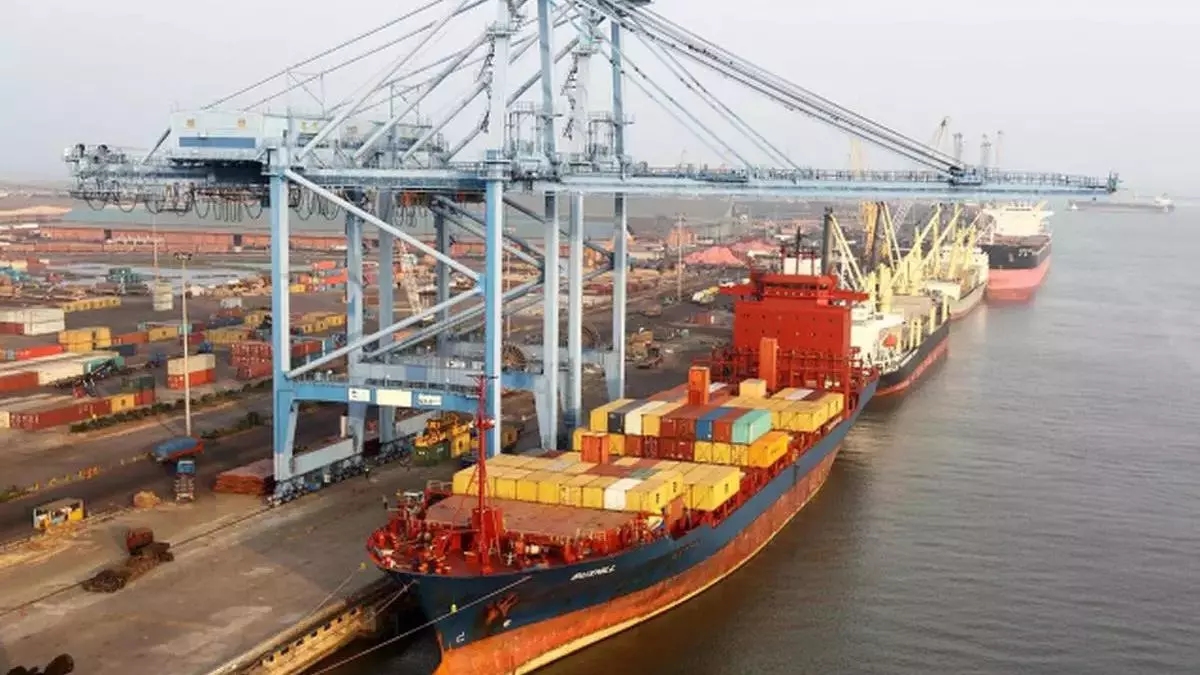India–US Trade Tensions Rise Over Steel and Auto Tariffs NMDC Limited reports a 38% drop in Q4 FY24 consolidated net profit RINL to Raise $23 Million Through Land Sales Amid Crisis

An inter-ministerial panel is reviewing the process for "optimising" coal transport fares via the rail-sea-rail link, popularly known as coastal shipping. The goal is to lower carbon emissions, build infrastructure at ports that may be utilised for exports in the future, and make the fares "feasible" enough to be used as an alternate means of evacuation. The Ministries of Coal, Railways, Ports, Shipping & Waterways, and Power are part of the interministerial group.
“Discussions are ongoing at an inter-ministerial level. Some issues that the Railways have been asked to look into include working on rake rates and so on. The Shipping Ministry is working on possibly bringing down some charges like handling costs, berthing costs, and so on,” said an official.
Incidentally, the Railways have already responded to some of the queries the Ministry of Coal raised before a review meeting. For over a year now, the Railways have been engaging with other concerned ministries on this.
“Responses to queries raised by Ministry of Coal have been sent. And some recommendation on the mechanism for determining price under coastal shipping is being worked out,” said another official.
Railways account for about 55% of coal evacuation in the country, and the target is to increase this share to 75% by FY30.
An official said, “Coal evacuation through alternative routes is to be explored, with the target being 112 MT (of coal evacuation) by 2030.”
Currently, coal evacuation through the Rail-Sea-Rail route stands at approximately 40 MT. The railway is already strengthening evacuation capacity between Talcher Coalfield and Paradip Port by tripling and quadrupling the railway network along with auto signalling works. Presently, for the supply of coal from MCL (Paradip) to west Indian or north Indian thermal power plants, the total cost increases by around ₹2500 per tonne over the all rail route.
The rail-sea-rail route is a multimodal transportation strategy integrating with the rail and sea routes for seamless coal transportation from mines to ports and then to end-users. The Union Coal Ministry introduced this route in August last year.
A study carried out by the Centre previously said that opting for the Rail-Sea-Rail mode could save end users located in Southern India around ₹760-1300 per tonne in logistics costs. The possibility of using conveyors to transport coal from mines to coast is also being investigated.
Also Read : Major Indian ports saw 9% faster ship movements in FY24 as infra improved Haryana amends policy to bring for uniformity in multi-modal logistics parks